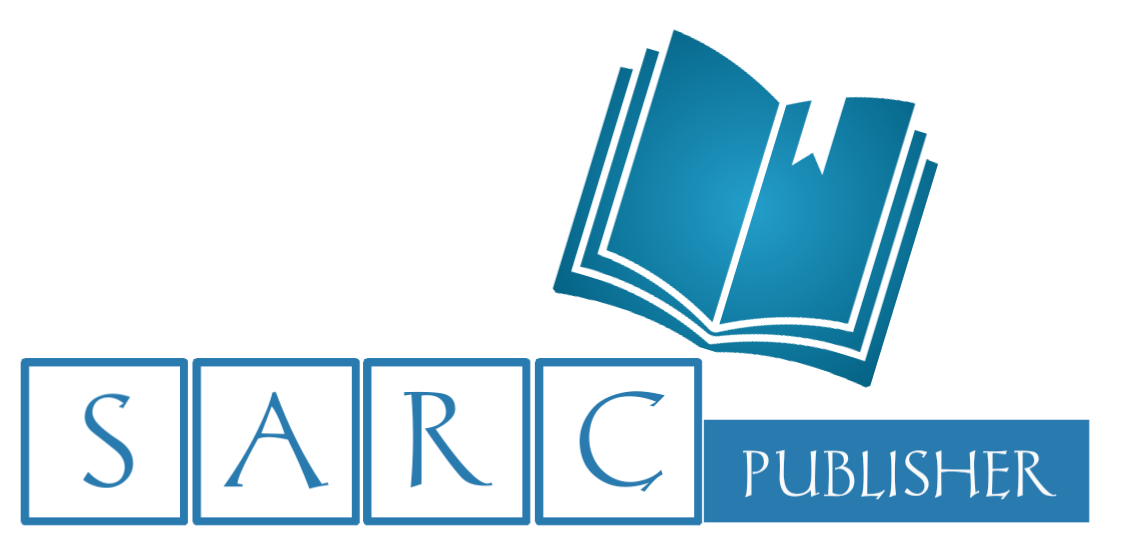Sarcouncil Journal of Medical Sciences

Sarcouncil Journal of Medical Sciences
An Open access peer reviewed international Journal
Publication Frequency-Monthly
Publisher Name-SARC Publisher
ISSN Online- 2945-3526
Country of origin- Philippines
Impact Factor- 3.7
Language- English
Keywords
- Vascular Medicine, Cardiology, Critical care medicine, Dermatology, Emergency medicine, Anesthesiology, Cardiovascular Surgery, Colorectal Surgery, General Surgery, Neurosurgery, Obstetrics and gynecology, Oncologic Surgery, Ophthalmic Surgery, Ophthalmology.
Editors

Dr Hazim Abdul-Rahman
Associate Editor
Sarcouncil Journal of Applied Sciences

Entessar Al Jbawi
Associate Editor
Sarcouncil Journal of Multidisciplinary

Rishabh Rajesh Shanbhag
Associate Editor
Sarcouncil Journal of Engineering and Computer Sciences

Dr Md. Rezowan ur Rahman
Associate Editor
Sarcouncil Journal of Biomedical Sciences

Dr Ifeoma Christy
Associate Editor
Sarcouncil Journal of Entrepreneurship And Business Management
Juvenile and Adult Dermatomyositis Can Be Complicated by Cold Abscess Formation within Muscle Calcifications That Mimic Bacterial Abscesses
Keywords: juvenile dermatomyositis, muscle calcification, liquification, cold abscess, culture
Abstract: With interest we read the article by, Adane, et al. (Adane, L. et al., 2025) about a 12-year-old boy with juvenile dermatomyositis (JDM), diagnosed at the age of 10 and treated with methotrexate (MTX, 10.5mg/w) and low-dose corticosteroids. He developed an abscess in the left lower leg within a sheet-like calcification of the superficial and deep soft tissues, which was initially treated with incision, drainage, and antibiotics (Adane, L. et al., 2025). Under this treatment, his condition improved significantly, but the long-term outcome was not reported (Adane, L. et al., 2025). The study is noteworthy, but some points should be discussed. Firstly, it has not been reported how JDM was diagnosed at the age of 10 years (Adane, L. et al., 2025). Clinically, JDM usually presents with pain in the extremities, high fever and weight loss (Kobayashi, I. et al., 2024). In addition, proximal muscle weakness, facial erythema, trunk erythema, collodion plaques and telangiectasia of the nail folds may occur. In the intestinal area there is a risk of vasculitic ulcers and necrosis, which can lead to perforation of the intestinal wall. Throat clearing and dysphagia occur when the throat muscles are affected. Involvement of the heart can manifest itself in peri-myocarditis and involvement of the lungs in interstitial pneumonia. Arthralgia, arthritis and hepatosplenomegaly are also observed. Learning difficulties and behavioural disturbances suggest CNS involvement (Kobayashi, I. et al., 2024). Diagnosis is based on history, clinical examination, blood count (elevated CK, GOT, aldolase, LDH), autoantibodies, antinuclear antibodies, ultrasound MRI (calcifications and muscle edema), needle electromyography and muscle biopsy. Which of these abnormalities were present in the index patient and supported the diagnosis? Secondly, the formation of bacterial muscle abscesses and pyomyositis is uncommon in JDM. There is little literature on JDM and abscesses in medical databases. What there is, however, is that JDM may be complicated by retroperitoneal abscess formation after gastrointestinal perforation (Jothinathan, M. et al., 2020), calcinosis mimicking a cold abscess (Nagar, R.P. et al., 2016), or liquefied calcinosis mimicking an abscess (Dey, S. et al., 2023). Is it conceivable that the abscess described in the index patient is actually a liquefied calcinosis? Was the culture of the abscess negative because it was actually a cold abscess or liquefied calcinosis? The ultrasound and CT image shown in Figure 1 suggests liquefaction of the calcinosis rather than bacterial abscess formation. The third issue is that tuberculosis has not really been ruled out as the cause of the abscess formation. Tuberculous abscesses have been repeatedly reported as a complication of JDM (Gao, W. et al., 2020). Tuberculous abscesses can occur even in the absence of pulmonary tuberculosis. Was the X-ray of the lungs normal? Was the individual and family history positive for tuberculosis? Was a quantiferon test performed and a Löwenstein culture taken? The fourth point refers to the discrepancy between the indication of tachycardia and tachypnea on admission on the one hand and a normal, unremarkable cardiopulmonary examination on the other [Adane, L. et al., 2025]. This discrepancy should be resolved. In summary, the diagnosis of bacterial abscess formation within muscular calcinosis in JDM can be made only after alternative causes of abscess formation have been adequately ruled out
Author
- Josef Finsterer
- MD PhD Neurology Dpt. Neurology & Neurophysiology Center Vienna Austria

